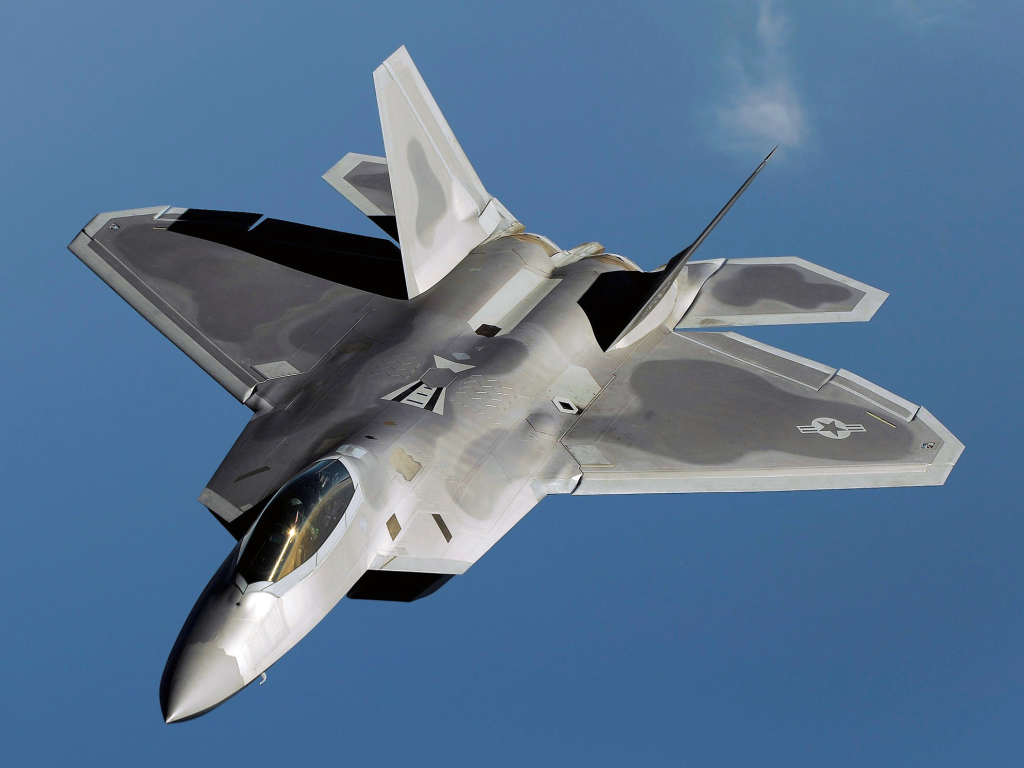
What do you get when you combine years of research, billions of dollars, and the brightest engineering talent in the world to develop the perfect fighter aircraft? A face-off between the United States’ F-22 Raptor and Russia’s Su-57 Felon two wildly dissimilar air-combat doctrines that are the embodiment of the best in fifth-generation fighter design. But their histories, their assets, and their strategic missions all go in exactly opposite directions.
For military aviation enthusiasts and defense analysts, this comparison is more than a technical exercise. It reveals how procurement decisions, industrial capacity, and geopolitical ambitions shape the machines that dominate the skies. From stealth shaping to engine technology, from production numbers to deployment history, each jet tells a story about its nation’s priorities and constraints.
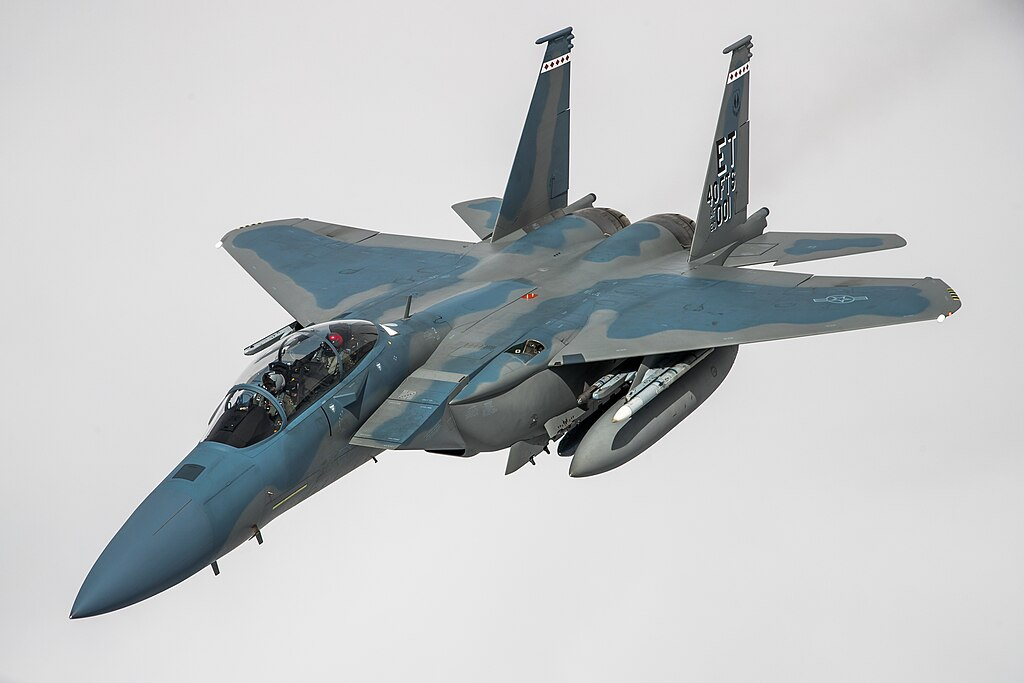
1. Origin and Development Timelines
The F-22’s history began in the early 1980s with the US Air Force’s call for an F-15 successor that should be superior to any potential Soviet fighter. Milestone I approval in 1986 saw the first flight of the prototype in 1990. By the time it attained Initial Operational Capability in 2005, it had already established the standard in fifth-generation design.
The Su-57’s pedigree is less clear-cut. Its conceptual roots go back to the Soviet attempt in 1969 to surpass the F-15, which ultimately gave rise to the Su-27. The Su-57 project under its original T-50 designation started in 1999, with the first flight in 2010. Production did not commence until late 2020, which again highlighted Russia’s industrial and budgetary difficulties.

2. Engine Technology and Power Output
The Pratt & Whitney F119-PW-100 engines in the F-22 generate 26,000 military pounds and 35,000 with afterburning in power output in order to provide sustained supersonic capability without the aid of afterburning supercruise up to Mach 1.8. The latest features include ±20° thrust vectoring and stealthy exhaust ducts.
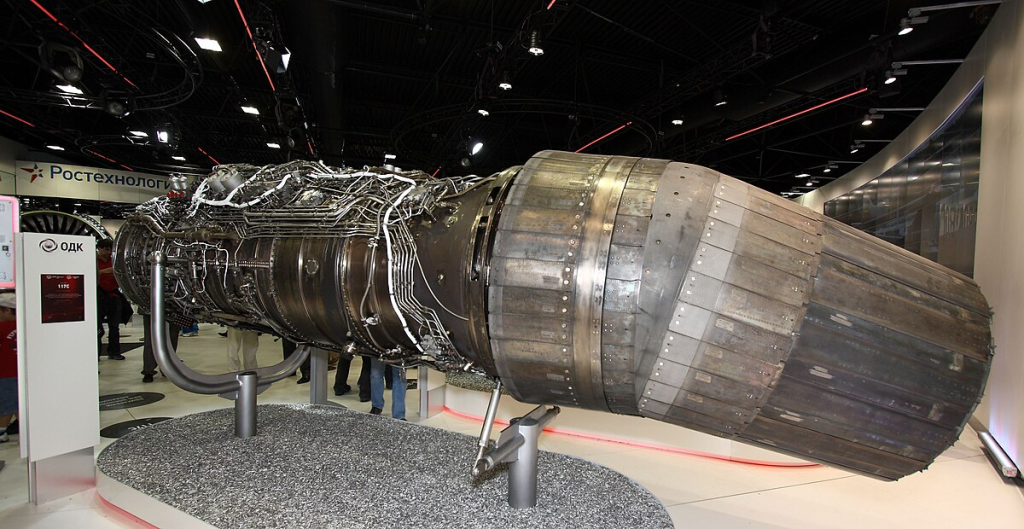
The Su-57 already has AL-41F1 turbofans producing 19,900 pounds dry and 32,000 with afterburning. The engines do not include stealth-oriented nozzle shaping and exhaust mixing and so make the aircraft slightly more visible to radars and infrared detectors. The AL-51 is also speculated to be fitted in the Su-57 with development of 24,300 pounds dry and 37,500 with afterburning, but credible proof of stealth improvement is nowhere to be seen.

3. Performance Metrics
Technically speaking, the Su-57’s top speed of roughly Mach 2 (1,616 mph) is just slightly higher than the F-22’s 1,599 mph, and the Su-57’s maximum distance of roughly 3,107 miles just edges out the Raptor’s 2,000 miles. But the F-22’s higher service ceiling 65,617 feet compared to the Su-57’s 50,000 offers powerful tactical advantage in geometry of.
Wing maneuverability, for the majority of experts, would favor the F-22 given its superior thrust vectoring and aerodynamic finesse, provided it is operated by equally competent pilots.

4. Stealth Design Philosophy
The F-22 brings together the radar-absorbent materials, edge alignment, and exhaust signature suppression in a design generally accepted as the most stealthy operational fighter. The radar cross-section of the F-22 is in millimeters, which makes detection at long range highly unlikely.
The Su-57’s contours minimize its radar cross-section in comparison with earlier Russian fighters 6–30 times less than the Su-27 but retains a trace thousands of times greater than the F-22. Compromises in engine selection and blunter shaping hold back its low observability, in part due to cost and manufacturing restraints.
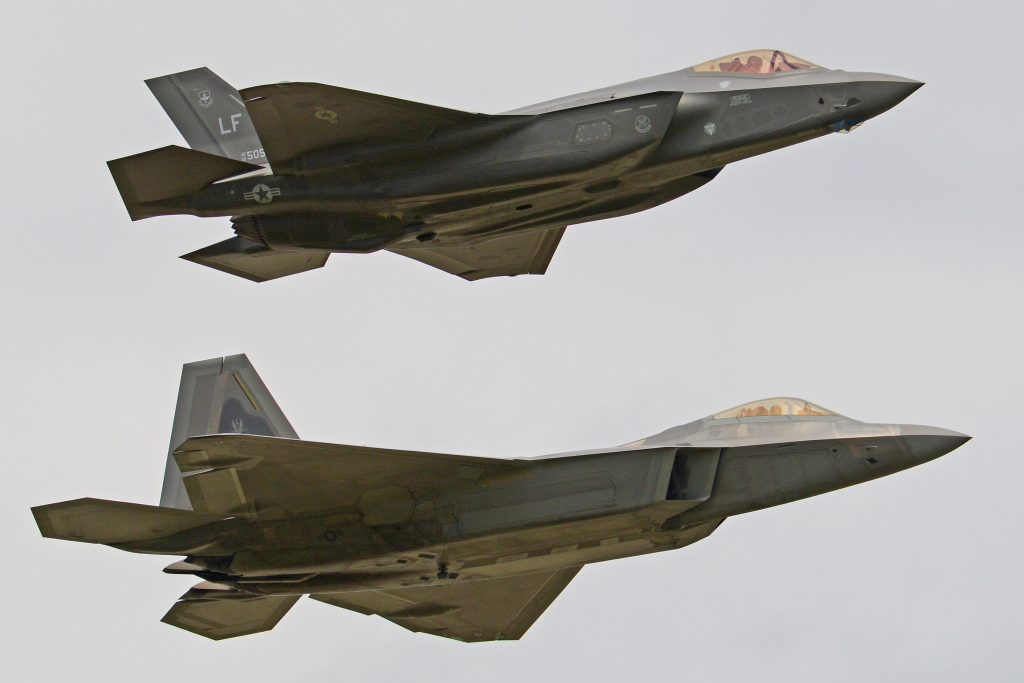
5. Sensor Suites and Avionics
The F-22’s integrated avionics fuse inputs from onboard and offboard sensors, enabling pilots to track and engage targets before detection. Its active electronically scanned array radar and advanced electronic warfare systems remain unmatched in operational use.
The Su-57 is also fitted with fifth-generation radar and 360-degree sensor package but the equipment may be incomplete depending on the analysis of Rand Corporation cited by Sandboxx News, constrained by sanctions and interruptions in the logistics chain.
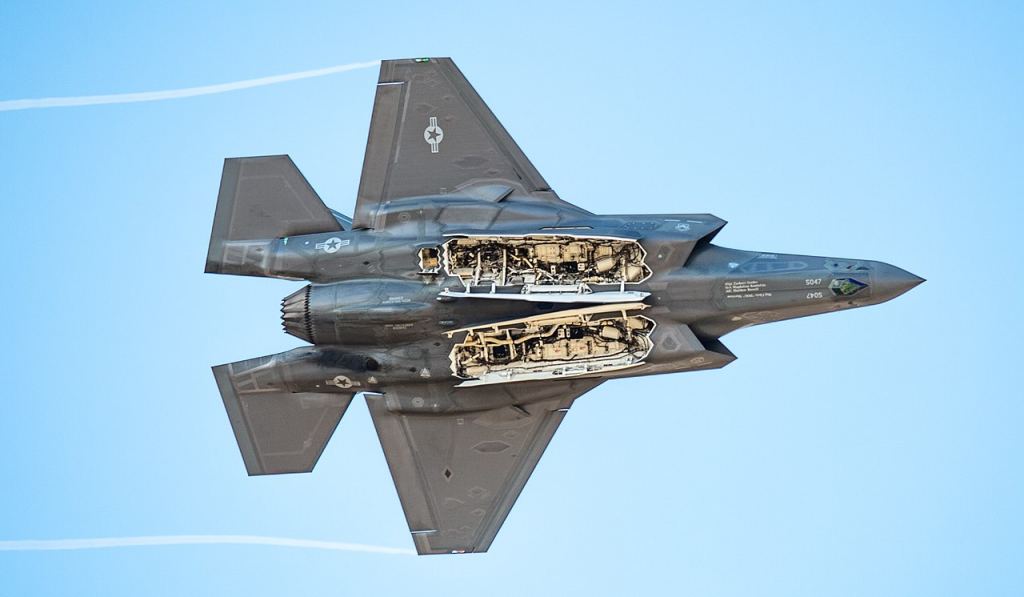
6. Scale of Production and Cost
The United States produced 188 F-22s at the program cost of $67.3 billion with the average unit cost of $185.7 million. The United States stopped producing in 2012 partially because of costs and the F-35 priority redirect.
Russia has manufactured fewer than 32 Su-57s at some $50-million unit cost. Low-rate production indicates budgetary limitations and technical difficulties which restrict the fleet’s strategic potential.
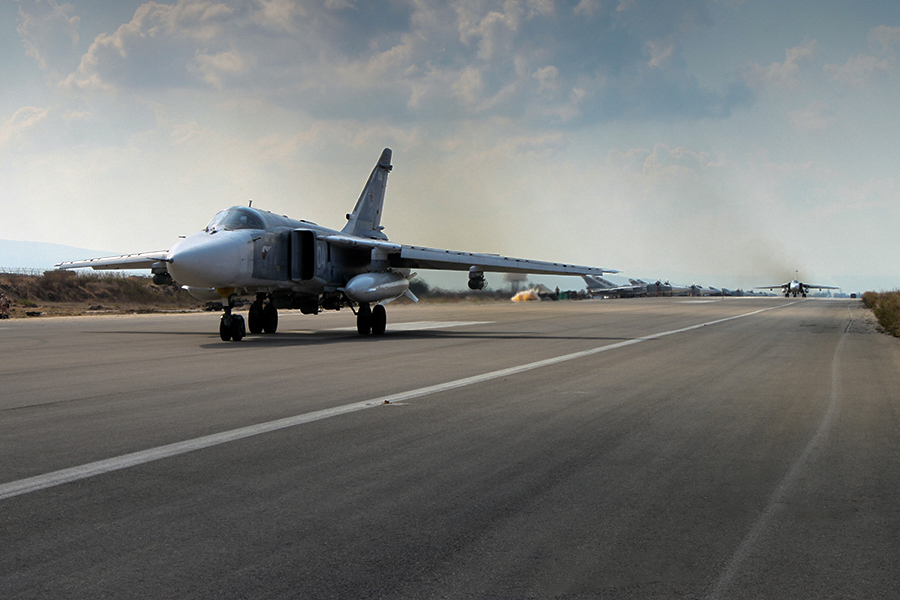
7. Employment and Combat Use
The F-22 has also been forward deployed overseas on deterrence and fighter patrols in Iraq and Afghanistan but has never fought an air-to-air battle. The aircraft is sometimes deployed as a public showing of U.S. intentions with allies.
The Su-57 has seen limited operational deployments, some of which consisted of deployments to Syria’s Khmeimim Air Base. Reported sorties by Krasnaya Zvezda consisted of demonstrations of capability within the presence of “real-war conditions,” but sorties consisted of low-altitude air-to-ground attack with limited air-to-air threat.
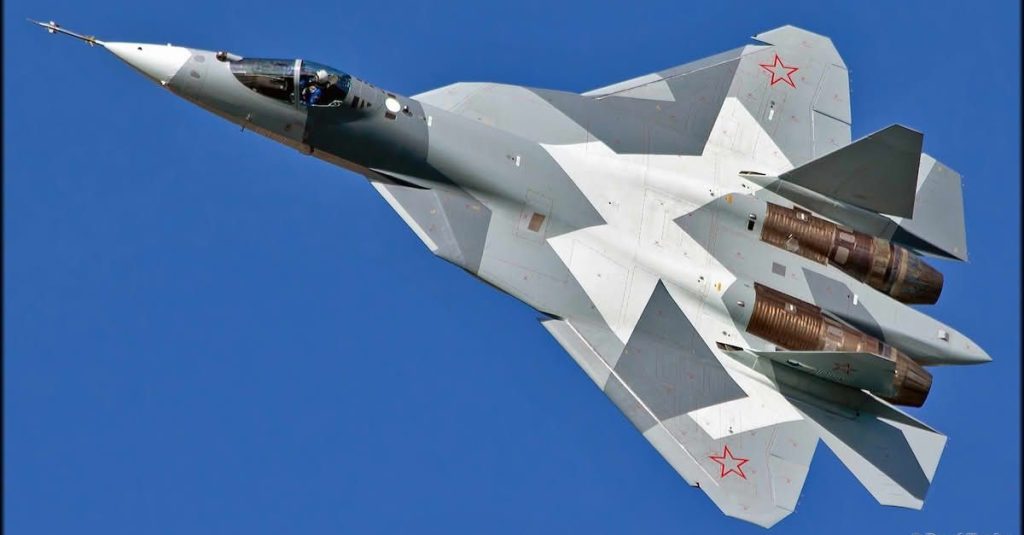
8. Export Policy and Strategic Influence
Annual appropriations within the U.S. law prevent F-22 sales abroad, a stance reinforced by export fears regarding its sensitive technology. Australia and Japan showed interest but the prohibitions remain firm. It markets the Su-57 in export markets in hopes of recouping the cost of producing it. Demonstration deployments and air shows constitute the marketing campaign, but major export orders await the future. The F-22 Raptor and Su-57 Felon are national technological flagships but represent different realities.
The Raptor’s superior stealth, avionics, and engine performance are the result of decades of steady investment and industrial sophistication. The Su-57’s superior range and affordability are offset by limits to production and unfinished systems. By defense analysts, such contrasts matter little in the abstract they determine airpower balances, affect procurement decisions, and define the future of air warfare.


